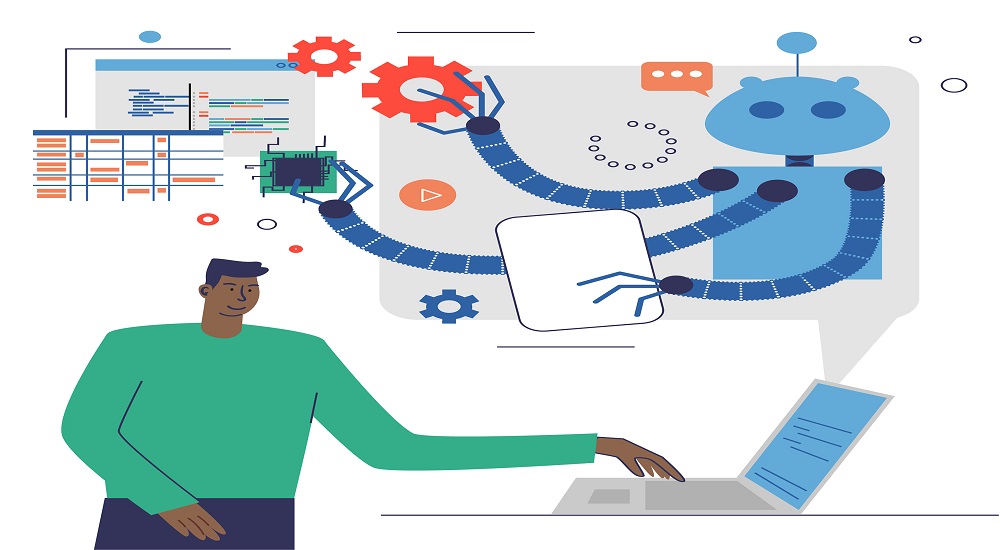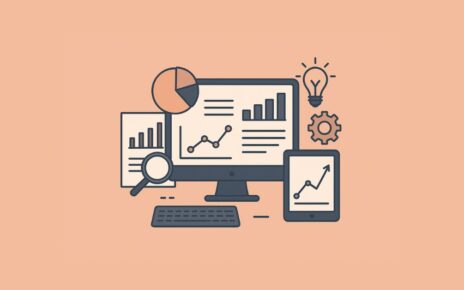Introduction
In the evolving world of business today, maintaining a competitive edge necessitates a combination of forward-thinking and strategic choices. That’s where AI-driven demand forecasting tools come into play – they revolutionize the way businesses can anticipate market trends optimize their resources and ultimately improve customer satisfaction.
In this article we’ll dive into the domain of AI-powered demand forecasting tools examining their capabilities, advantages, and how they can fuel your business growth.
Supercharge Your Business: Unleashing the Potential of AI-Powered Demand Forecasting Tools
Step into the world of business intelligence where success hinges on making decisions informed by data. Imagine harnessing the power of algorithms, machine learning, and historical data through AI-driven demand forecasting tools. These invaluable tools empower you to predict customer demand, track market trends and navigate supply chain dynamics, with precision. By leveraging these tools you can strategically optimize your operations for greater efficiency and ultimately boost your profits.
Understanding AI-Powered Demand Forecasting Tools
AI-powered demand forecasting tools leverage historical data, market trends, and external factors to generate predictions that inform critical business decisions. These tools analyze patterns and correlations that human analysis might miss, leading to more accurate forecasts. By identifying demand fluctuations and anticipating market shifts, businesses can optimize inventory levels, reduce excess stock, and minimize shortages.
How AI Transforms Forecasting Accuracy
Traditional forecasting methods often fall short in the face of complex market dynamics. AI-powered tools, on the other hand, thrive on complexity. Through intricate algorithms, they process vast amounts of data in real time, adapting to changing conditions and refining their predictions. This adaptive approach translates to enhanced forecasting accuracy, reducing costly errors and missed opportunities.
Optimizing Inventory Management
One of the biggest challenges businesses face is striking the right balance between supply and demand. Stockouts can lead to lost sales, while excess inventory ties up capital and increases holding costs. AI-powered demand forecasting tools optimize inventory management by providing insights into when, where, and how much to stock. This not only prevents stockouts but also prevents overstocking, ultimately boosting profitability.
Enhancing Business Agility
In an era where agility is key, AI-powered demand forecasting tools empower businesses to respond swiftly to market changes. Whether it’s unexpected demand spikes or sudden supply chain disruptions, these tools provide real-time insights that guide decision-making. This adaptability helps businesses stay ahead, capitalize on opportunities, and mitigate risks.
Personalized Customer Experiences
Understanding customer preferences and behavior is vital for delivering tailored experiences. AI-powered demand forecasting tools analyze customer data to uncover trends, preferences, and buying patterns. This knowledge enables businesses to offer personalized recommendations, anticipate customer needs, and enhance overall satisfaction.
The Synergy of AI and Human Expertise
AI-powered demand forecasting tools aren’t here to replace human expertise; they’re here to amplify it. These tools provide data-driven insights that inform strategic decisions, allowing human professionals to focus on high-level tasks and creative problem-solving. The synergy between AI and human intelligence cultivates a powerful competitive advantage.
Realizing ROI with AI Forecasting
Investing in AI-powered demand forecasting tools is an investment in ROI. By optimizing inventory, reducing waste, and streamlining operations, businesses can witness significant cost savings. Moreover, accurate demand predictions lead to more effective resource allocation, enabling businesses to allocate budgets where they matter most.
Harnessing AI-Powered Demand Forecasting: A Step-by-Step Guide
Data Collection: Gather historical sales data, market trends, and relevant external factors such as weather conditions, most frequent drawbacks, and blockers, etc.
Algorithm Selection: Choose the AI algorithm that aligns with your business needs and dataset. Many organizations outsource custom algorithms built for their internal usage developed from the ground up.
Model Training: Train the AI model using historical data and other collected variables to enable accurate predictions.
Real-Time Analysis: Continuously feed real-time data to refine predictions and adapt to changing conditions. Additionally, keep feeding new information into the model as it arrives.
Strategic Implementation: Utilize insights to make informed decisions across your business operations.
Conclusion
The future of business is data-driven, and AI-powered demand forecasting tools are at the forefront of this transformation. From revolutionizing forecasting accuracy to optimizing inventory management and enhancing customer experiences, these tools hold the key to unlocking your business’s true potential. Embrace the power of AI and embark on a journey toward sustained growth, profitability, and innovation.




